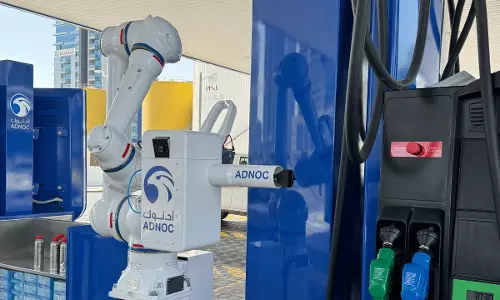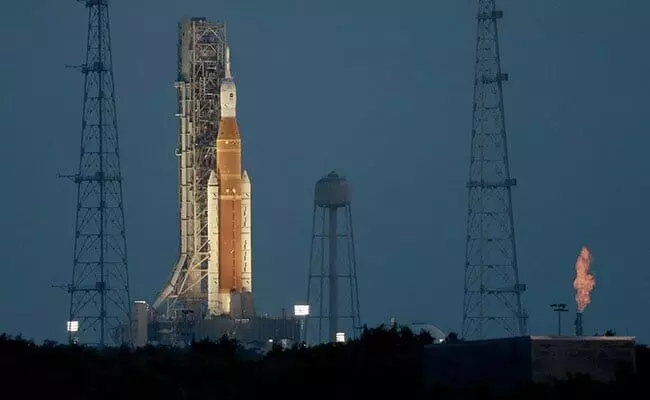
Tropical weather delays launch of NASA Moon rocket again
text_fieldsMiami, United States: As Tropical Storm Nicole barreled toward Florida's east coast on Tuesday, NASA once more postponed its long-delayed unmanned mission to the Moon, according to officials.
Jim Free, a senior officer at the US space agency, said on Twitter that a launch attempt that was originally planned for November 14 will now happen on November 16.
The eagerly anticipated launch has already been postponed two times in as many months.
"Our people are the most important aspect of our mission," wrote Free, who is NASA's Associate Administrator for Exploration Systems Development. "Adjusting our target launch date for #Artemis I prioritizes employee safety and allows our team to tend to the needs of their families and homes."
The National Hurricane Center predicted that the storm in the Atlantic Ocean would intensify into a hurricane Wednesday night or early Thursday morning near the Bahamas before making landfall in Florida.
Near the Kennedy Space Center, where the rocket — NASA's most powerful ever — is scheduled to launch, a hurricane warning has been issued.
With Nicole getting stronger, "NASA... has decided to re-target a launch for the Artemis I mission for Wednesday, Nov. 16, pending safe conditions for employees to return to work, as well as inspections after the storm has passed," the agency said in a statement Tuesday evening, AFP reported.
NASA stated that a launch on November 16 within a two-hour window that begins at 1:04 am EST (0604 GMT) would result in a splashdown on December 11 on Friday.
November 19 has been designated as a backup launch date.
The enormous SLS rocket, which had been placed on the launch pad some days before, will remain there, according to NASA.
The rocket had to be brought back to the Vehicle Assembly Building to be shielded from Hurricane Ian after two launch attempts this summer was aborted due to technical issues.
The 322-foot (98-meter) rocket was rolled back out last week on a sizable platform called the crawler-transporter that was built to reduce vibrations.
Nicole had sustained winds of about 65 miles per hour (100 kilometres per hour) earlier on Tuesday, and the NHC predicted that they would only get stronger.
Some experts are worried that if the rocket, which is expected to cost several billion dollars, is left uncovered, hurricane debris could harm it.
"As far as staying at the pad, we want to see peak winds less than 74.1 knots, and that's kind of the key requirement that we're tracking," said chief rocket engineer John Blevins
According to NASA, the SLS rocket is built to endure winds of up to 74.4 knots at a height of 60 feet. The spaceship hatches have been sealed to keep water out, and it is made to survive torrential downpours at the launch pad.
Five decades after the last time people set foot on the moon, the unmanned Artemis 1 mission will get the US one step closer to sending astronauts back.
The objective of Artemis 1, which is named after Apollo's twin sister, is to test the SLS rocket and the Orion crew capsule that is mounted on top of it.
On the expedition, mannequins are taking the place of astronauts, and they will measure the levels of acceleration, vibration, and radiation.


















